What you are seeing is for all intents and purposes the smallest Ferrari in the world. The Maranello company has in fact entrusted the tiny car specialist The Little Car Company to create the very small Ferrari Testa Rossa J. It’s about a miniature replica of the legendary Ferrari 250 Testa Rossa from 1957, and is handmade with the help of the Ferrari and Ferrari Classiche Style Center. Drivable for 14 years, it is electric and cannot be driven on public roads. The price, however, it is a true Cavallino: it starts from 93.000 euro. Let’s find out everything there is to know about the smallest car we’ve ever talked about here on techprincess.
A tribute to the legendary Ferrari Testa Rossa, winner of Le Mans in 1957
Before getting to know the new, tiny Ferrari, it is important to understand who the little Testa Rossa J. His muse is one of the most important Ferraris of all time, the 250 Testa Rossa. Founded in 1957, it was the spearhead of the Maranello company in covered wheel competitions, in the Sport Prototype category. Alongside the successes in Formula 1 that were coming for the Cavallino, Enzo Ferrari’s team was also competing, with great success, in legendary endurance races such as the 1000 km of the Nurburgring, the 12 Hours of Sebring or the famous 24 Hours of Le Mans.
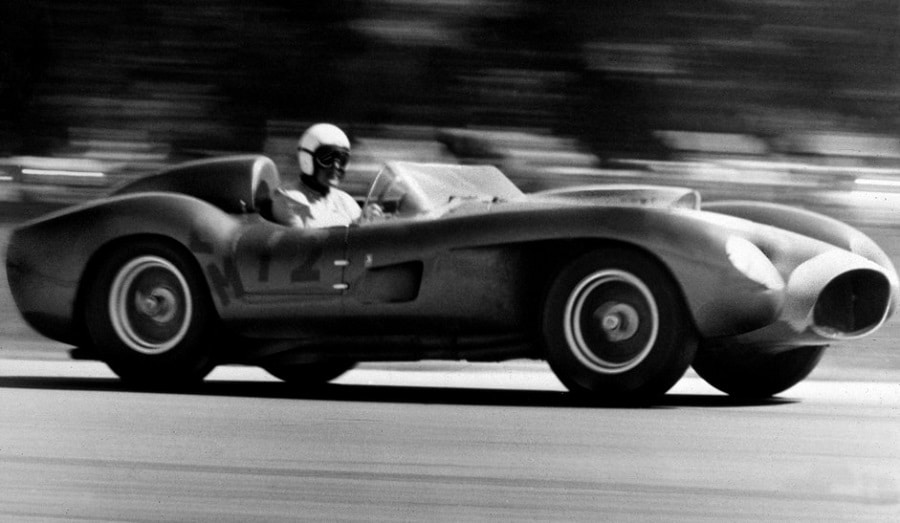
The name of this car, 250 Testa Rossa, refers to the mechanics: 250 indicates the 2.5-liter displacement of its V12 engine, capable of around 300 hp. E Redhead? Obviously it does not refer to the color of the pilot’s hair, but to the red coloring of the valve covers, which were painted in Ferrari red. Tapered, powerful and reliable, the 250 Testa Rossa had only one goal: to break down the dominance of the light and agile Jaguar D-Type, winner of the 24 Hours of Le Mans three times in a row.
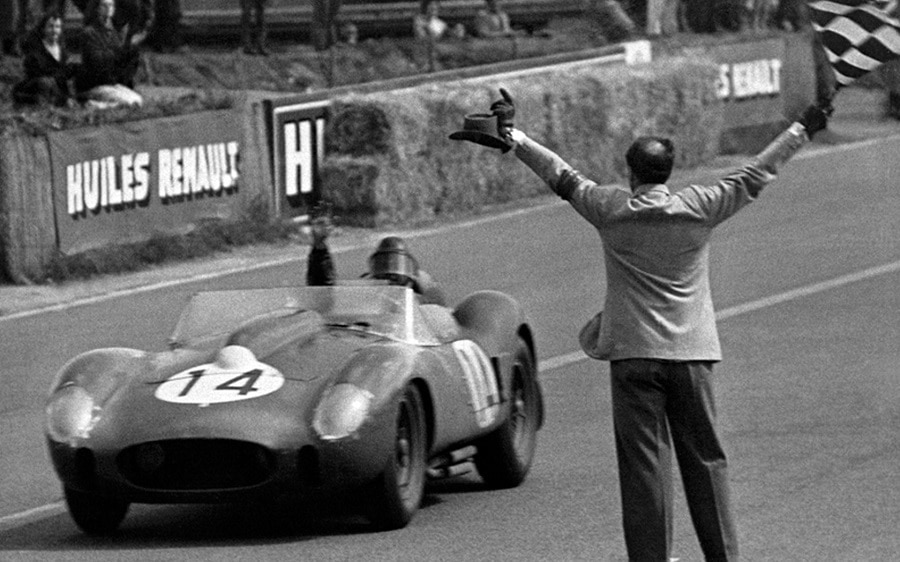
Although the D-Type had an important mechanical advantage, with the adoption of innovative disc brakes, the 250 Testa Rossa compensated for the lower braking efficiency of its drum brakes with a very powerful V12, which made it shine for several years. , at the turn of the 50s and 60s. In fact, the 250 Testa Rossa won three 24 Hours of Le Mans in 1958, 1960 and 1961, and its heir, the 330 Testa Rossa, also won in 1962. It is therefore the Ferrari most titled at Le Mans, capable of winning three World Sports Prototypes in 1958, 1959 and 1960.
Ferrari Testa Rossa J is in 1: 4 scale (approx.), But it is well-finished: aesthetics and chassis made by Ferrari
But how did we get from the Ferrari 250 Testa Rossa to the little Testa Rossa J? The credit goes to the company that took care of the realization of this small work of art, the The Little Car Company. This English company, based in Bicester, is specialized in the creation of small jewels that can be ridden from the age of 14, of which our new Ferrari Testa Rossa J is just the latest arrival. Between the mini-Bugatti Type 35 Baby and the small Aston Martin DB5 Junior, the guys from the Little Car Company know how to make small scale jewels.
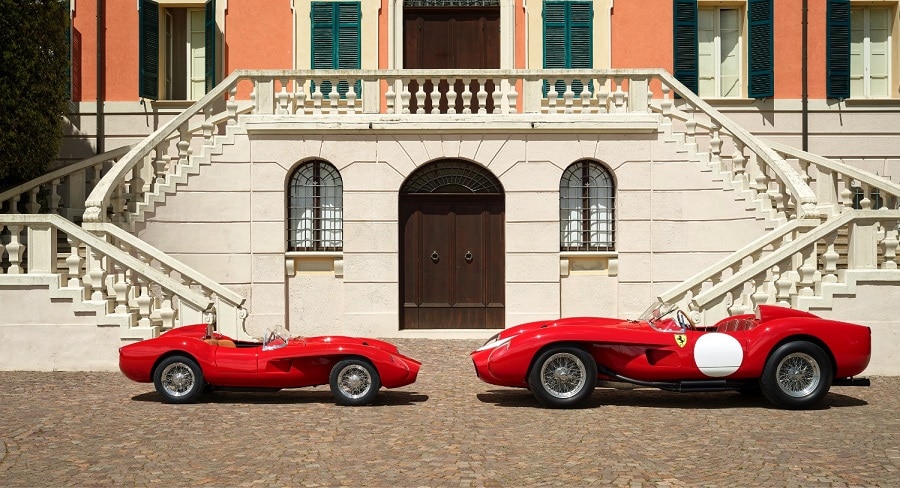
And in fact, our little Ferrari Testa Rossa J is also a car made in scala: the House declares that it is one “Car in 75% scale”, ie approximately a 1: 4 scale. However, this mathematical equality of ours is not correct. In reality, in fact, the House does not attempt to give an exact proportional value, since the proportions are different: the length, for example, is 3.1 meters, only one meter shorter than the original. The reality is that Little Car Company worked closely with two Ferrari divisions, the Ferrari Style Center and the Ferrari Classiche department, to create these mini-cars.. Ferrari Classiche has indeed provided the priceless original technical drawings, scanned and designed to use the same mechanical base as the original.
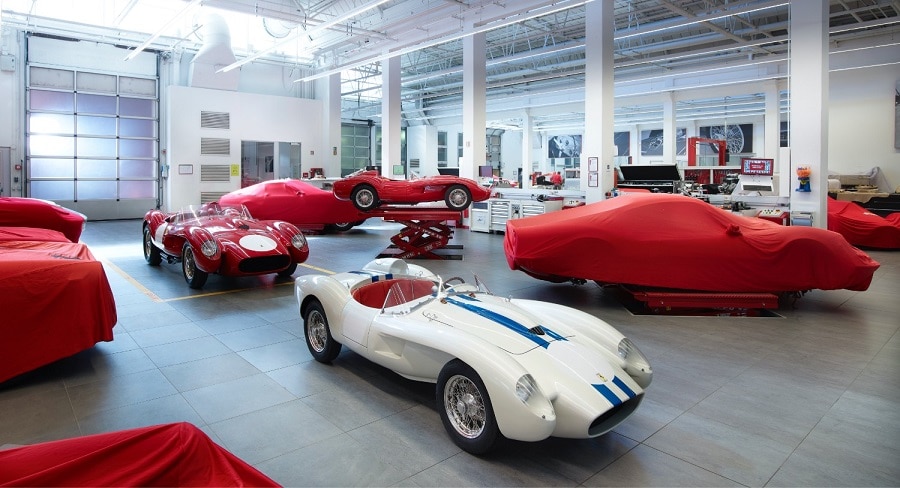
And the Centro Stile worked hard to create a line that had the same proportions and the same glance as the original. To be able to reproduce the 250 Testa Rossa at its best, the bodywork of Ferrari Testa Rossa J is made entirely of hand-beaten aluminum, as Scaglietti did in 1957 with the original car. More, the paint is the same used on the current Ferrari road cars, as well as the front shield.
And the mechanics? Ferrari Testa Rossa J is electric: up to 60 km / h, disc brakes and 90 km of autonomy
On a mechanical level, then, both The Little Car Company and Ferrari wanted to be able to bring the handling and mechanics of the 250 Testa Rossa back to the little “Junior”. To do this, the original drawings of the 1957 car were again needed. From those, the British and Italian technicians made a tubular steel frame identical to the original one (albeit, obviously, in a small way). However, this has been further stiffened, especially laterally, to maximize safety in the event of an accident. The suspension layout has been recreated to perfection, with the front with transverse wishbones and the rear with a rigid bridge. The steering also has the same ratio as the original, thus returning a dynamic behavior identical to that of the original 250 Testa Rossa racing, only… in a small way.
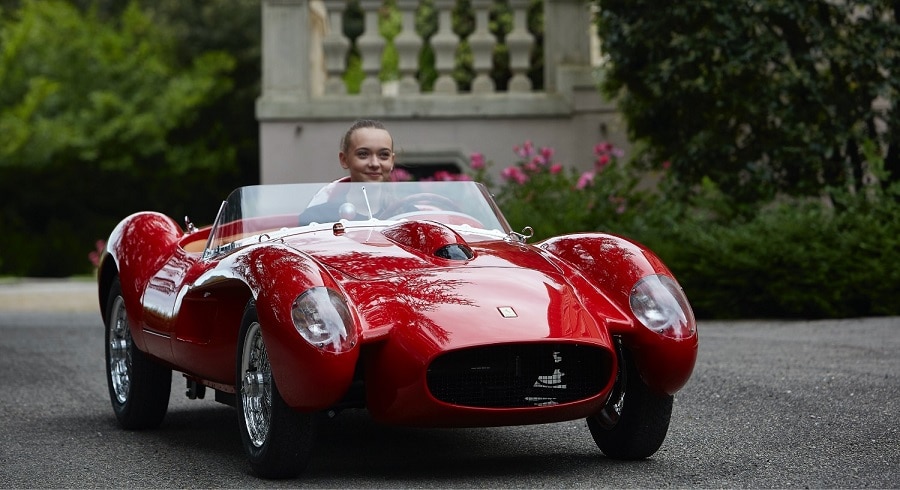
However, there was room for a nice improvement, namely the arrival of the disk brakes, and then there are other modern components. To begin, the pedals are taken directly from the F8 Tributo, while the tires were made to measure by Pirelli to fit the very small 12-inch rims. More, springs and shock absorbers were custom made by Bilstein, but not only. The suspension tuning was carried out by the Ferrari test drivers themselves that test road cars. I think the days working on Red Head J have been the funniest of the last few years for them …
Obviously, however, we do not find a small 750 cm3 petrol V12 to scale under the hood of the Ferrari Testa Rossa J. As you can imagine, the little Ferrarina is equipped with a rear electric motor, with a power of about 6 HP. The traction is therefore obviously rear, like the original, while they find a place under the front hood three batteries which guarantee 30 km of autonomy each, for a maximum of 90km with one charge. The car is not approved for use on the public road, and can be driven from the age of 14. Performance? Obviously the 280 km / h of the original 250 Testa Rossa is a long way off, but there is a real surprise in the cockpit.
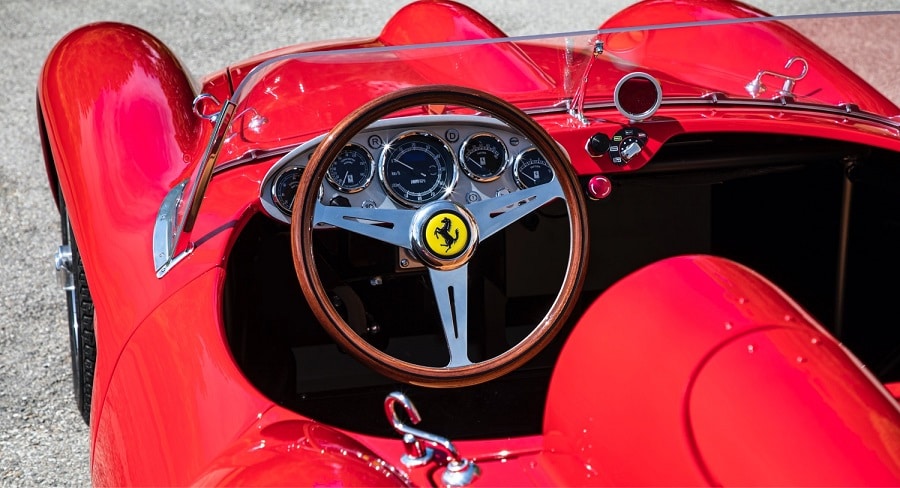
Sitting on board there is in fact a Manettino, the same as the road Ferraris, which allows you to choose 4 driving modes. The “softer” is the “Novice Mode”, “Novellino Mode”, which limits the power to 1.6 HP and the maximum speed to 20 km / h. From the Confort Mode, all 6 HP are available, with a maximum speed of 45 km / h. To unleash all the power of the Testa Rossa J there are the Sport and the Race Mode, with maximum speed exceeding 60 km / h. And yes: even adults can drive it.
An obsessive attention to detail: Ferrari Testa Rossa J is available with Borrani rims, Nardi steering wheel and much more
We could conclude our examination of this little jewel here and you will already have the idea of an object made with maniacal care. But trust me, you haven’t seen how far the project has gone yet. Together, Ferrari and The Little Car Company have made a jewel with attention to the smallest details, with an unthinkable level of attention and customization.
To begin, the dashboard is the same as the ’57 Testa Rossa, while the upholstery is the same as the production Ferrari, from the leather to the inserts on request. The steering wheel, on the other hand, is a wonderful wooden Nardi, really tiny. To ensure comfortable access even to the older ones, Ferrari has created the smallest quick release system for the steering wheel in its history.
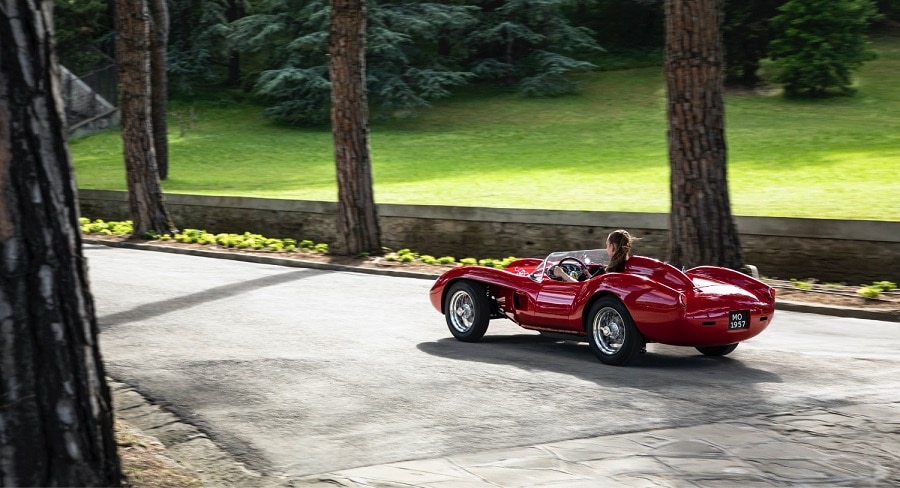
But that’s not all. You can choose the color of your Red Head J from 14 historic liveries, 53 colors from the official Ferrari catalog or even create a custom livery. Finally, the highlight are the circles. As mentioned before, we are faced with 12-inch wheels that replicate the look of the original red Head spokes. If you want the top, however, you can schoose to have the small rims of your car made by the largest spoke wheel specialist in the world, the Italian Borrani. If this is not attention to detail …
But how much does this huge little car cost? It starts at 93,000 euros and there will be 299 copies
After reading all of this, I’m sure you will expect one mind-boggling price, and you would not be wrong. The Ferrari Testa Rossa J made by the specialists of The Little Car Company costs the beauty of 93,000 euros. A price that, however, represents only the starting point. Among fine leathers, Borrani rims and special paints, sexceeding the € 100,000 threshold should not be difficult at all. An insane price? Certainly, it is not one of those little cars that is given to passionate children at Christmas. It is a collector’s item, intended for rich young people or collectors who want to add a small gem to their Ferrari collection.
And then, if you look at the price of a real 250 Testa Rossa which has now exceeded 40 million dollars, the approximately 100,000 euros for its little cornucopia seem almost a bargain. If you are interested in this incredible vehicle and have the money and space to enjoy it, hurry up. In fact, only 299 Testa Rossa Js will be produced, and we will hardly be able to see one live. But dreaming costs nothing, right? Fill our eyes with this little jewel, we have a little curiosity: what would be the car that you would have made in a “reduced” version by the specialists of The Little Car Company? Another dizzying supercar or a more “human” car? Let us know below in the comments!






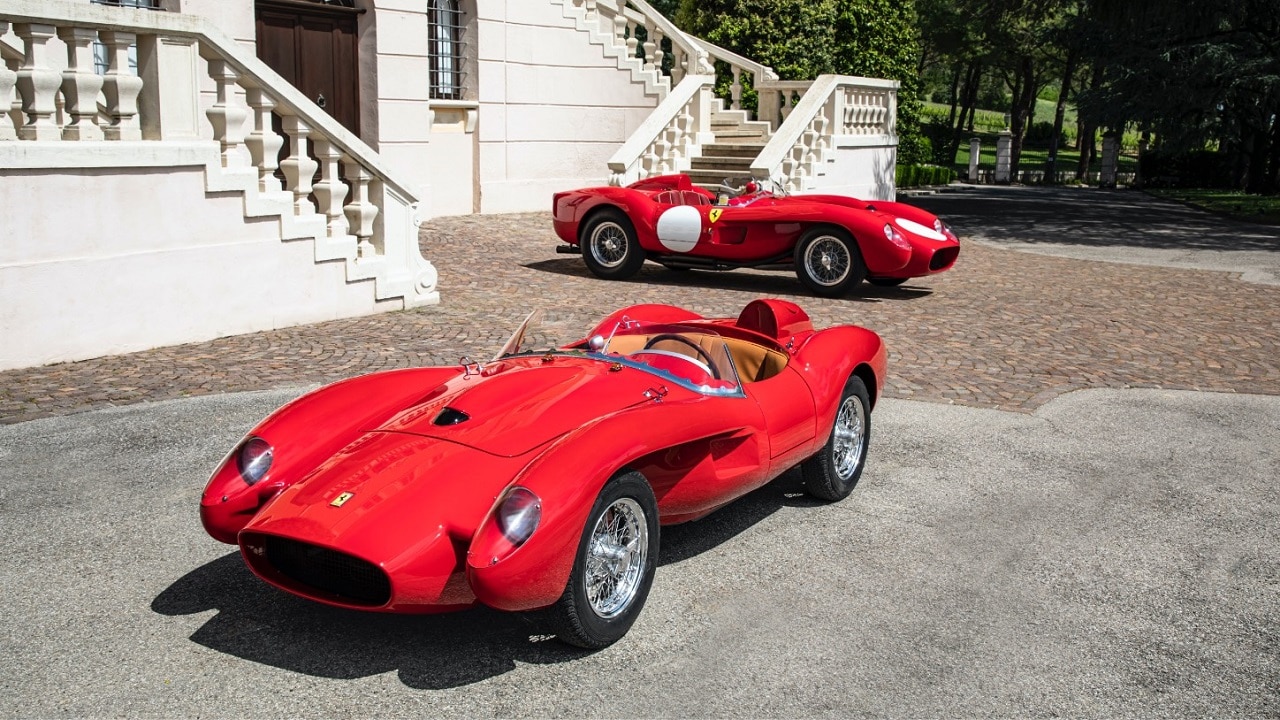





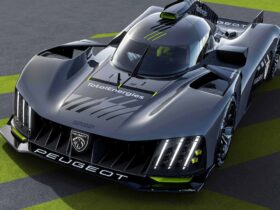
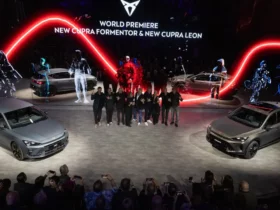


Leave a Reply
View Comments